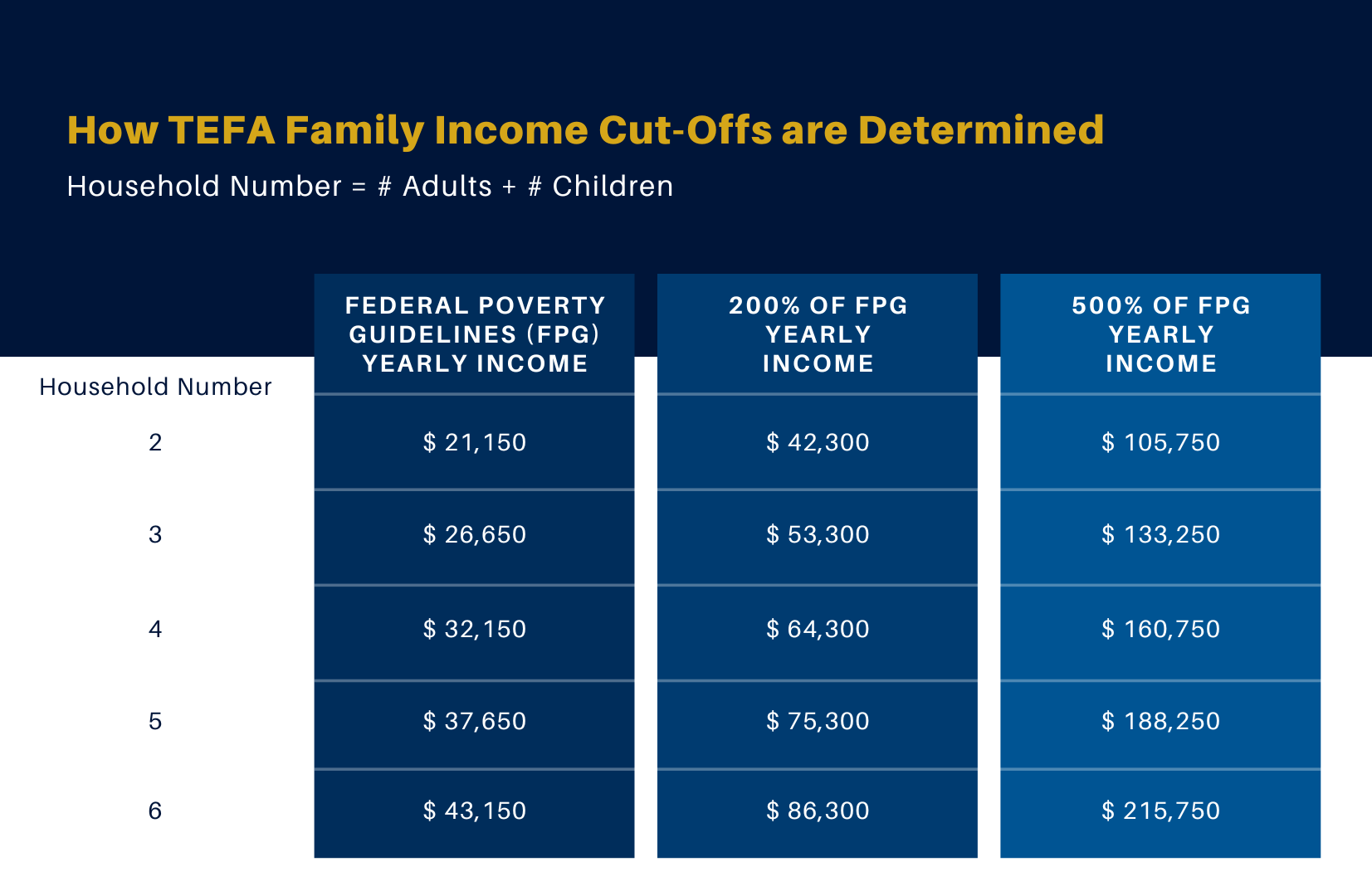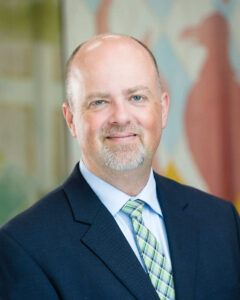School Choice in Texas: What Senate Bill 2 and the TEFA Program Mean for Families
By Dr. Richard Halloran, Head of School, Providence Classical School
For decades, Texas parents have asked for greater flexibility in how they educate their children. The passage of Senate Bill 2 (SB2) in May 2025 marked a turning point: for the first time, families who qualify will soon have access to Texas Education Freedom Accounts (TEFAs) — state-funded accounts designed to help pay for private school tuition, homeschooling expenses, or other approved educational services.
At Providence Classical School (PCS), we believe deeply in the importance of equipping the next generation with a Christ-centered, classical education. The new TEFA program represents an opportunity for many families who never thought private schooling was within reach. At the same time, it brings important questions: Who qualifies? How will schools respond? And what does this mean for our mission and community?
This article unpacks the details of Senate Bill 2, explains how the TEFA program works, and outlines how PCS is preparing to participate while staying true to our calling.
What is School Choice?
“School choice,” sometimes called “parental choice,” is the idea that parents should have the freedom to direct their children’s education — whether through public school, private school, homeschooling, or other models. Until now, Texas families who desired private education often had to make difficult financial sacrifices. With SB2, the state acknowledges that every family deserves access to the educational setting that best meets their child’s needs.

Senate Bill 2 at a Glance
SB2 sets aside $1 billion to fund Texas Education Freedom Accounts for eligible families. Unlike traditional “school vouchers,” which are limited to private schools, TEFAs are more flexible. Funds can be used not only for private school tuition but also for homeschooling resources, tutoring, and other approved educational expenses.
Here’s the timeline:
- Fall 2025: Schools decide whether to opt in and apply to participate. Only accredited private schools in operation for at least two years are eligible.
- February 2026: Applications open for families.
- March–May 2026: Families are notified whether they qualify and how much funding they will receive.
- July 2026: TEFA funds begin applying to tuition and other expenses for the 2026–2027 school year.
This means parents interested in private school options should begin exploring now, well before applications open.
Who Qualifies for TEFA Funding?
SB2 establishes four tiers of priority for distributing funds so that families with the greatest need are first in line for available benefits.
1. Students with Disabilities or Special Needs
- Families earning less than ~$160,750 for a household of four.
- An Individualized Education Plan (IEP) or diagnosis from a qualified professional (like a licensed diagnostician) is needed to qualify in this category.
- Must have an Individualized Education Plan (IEP) in place if parents want to qualify for additional funds beyond the $10,500-$12,000 annually.
- May receive up to $30,000 per year depending on need.
2. Low-Income Families
- Families of four earning less than ~$64,300.
- Students may receive between $10,500-$12,000 annually.
3. Middle-Income Families
- Families of four earning between ~$64,300 and $160,750.
- Students may qualify for between $10,500-$12,000 annually.
4. Higher-Income Families
- Households earning above $160,750.
- Still eligible, but priority is given first to students not already in private school.
Homeschool families are also eligible, though the award is smaller — typically up to $2,000 per child per year.
Importantly, once a family qualifies and is awarded funds, they do not have to reapply each year. The support automatically rolls forward, making it a stable, predictable benefit.

How Qualification is Determined
All families interested in TEFA funding will apply at the same time when the application window opens in February 2026. The state will then review applications and determine eligibility.
Here’s what to expect:
Step 1: Apply – Parents submit an application through the state’s TEFA portal in February 2026.
Step 2: Provide financial documents – Families will likely need to upload their most recently filed IRS tax return (2024 return if the 2025 return is not yet filed). The state will use this to verify household income.
Step 3: Sorting into priority groups – The state will place families into one of the four categories (students with disabilities, low-income, middle-income, or higher-income).
Step 4: Notification – By March–May 2026, families will be informed whether they qualify and what funding amount they are awarded.
Families do not need to prove eligibility in advance — the determination happens after applying. Once awarded, TEFA funding rolls forward annually as long as eligibility requirements are met.

Safeguards for Private Schools
Understandably, many private schools are cautious about how TEFA funding might affect their independence. SB2 includes strong protections:
- Religious autonomy is preserved. Schools are not required to change their beliefs, curriculum, or policies to participate.
- Testing requirements remain flexible. Schools must provide “norm-referenced” testing (such as ERB CTP-5, PSAT, SAT/ACT) but are not required to use the state’s STAAR test.
- Admissions remain independent. Private schools retain full control over admissions decisions and are not obligated to accept every TEFA recipient.
This ensures that schools like Providence Classical can embrace TEFA opportunities without compromising mission or culture.
How Providence Classical School is Responding
At PCS, we see this as both a gift and a responsibility. We are excited to welcome families who previously could not afford classical Christian education, but we are also thoughtful about how this program affects our long-term stability.
Here are some ways we’re preparing:
- Board Review & Policy Approval – Our school Board has carefully reviewed the TEFA program and has determined that PCS will officially participate. Based on experience in other states, we anticipate that most accredited private schools will also opt in.
- Maintaining Cultural Integrity – Accepting TEFA funds will not change our admissions process. Families must still go through interviews, demonstrate alignment with our mission, and show readiness to engage in a classical Christian education.
- Enrollment Planning – While SB2 could bring increased demand, PCS is committed to measured growth. We’ve already added a third kindergarten class this year, and future expansion may follow. However, we will not compromise small class sizes or sustainability by over-enrolling.
- Affordability & Fairness – Tuition will continue to be based on the real cost of running our school, not on the availability of TEFA funds. The law prevents schools from charging TEFA families higher tuition, and PCS has no plans to raise tuition rates simply because TEFA funding exists.
- Commitment to Diversity – One of our founding goals has been to expand economic and cultural diversity. Because TEFA prioritizes lower- and middle-income families, we anticipate this will help broaden access and strengthen the richness of our school community.

Anticipated Impact Across Texas
Texas has more than 900 accredited private schools serving more than 290,000 students. SB2 anticipates that 80,000–100,000 additional students may enter private education in coming years through TEFA funding.
While the scale is significant, it’s also limited: not every family will qualify, and not every private school has capacity for major growth. For many schools, the immediate impact will be filling open seats rather than opening entirely new grade levels. Over time, however, TEFAs may help schools expand thoughtfully to meet growing demand.
What Parents Should Do Now
If you are a parent interested in private school options, here are a few steps to take now:
1. Learn About the TEFA Program – Understand the eligibility tiers and whether your family may qualify.
2. Research Accredited Schools – Only schools accredited for at least two years can participate. (Providence Classical School has met the state’s accreditation and auditing requirements since 2006!)
3. Start the Admissions Process Early – Schools like Providence often have limited space. Waiting until TEFA funds are distributed could mean missing available spots.
4. Stay Informed on Deadlines – Applications for families are expected to open in February 2026, with award notifications no later than May 2026.
5. Ask Questions – Contact schools directly to understand how they are participating and what their admissions requirements are.
Providence has been an accredited member of the Association of Classical Christian Schools (ACCS) since 2006. ACCS is a member of the Texas Private School Accreditation Commission (TEPSAC). For more information on ACCS and the accrediting process, visit the ACCS website at www.classicalchristian.org.
Looking Ahead
The passage of Senate Bill 2 represents years of effort by advocates, legislators, and educators committed to expanding school choice for Texas families. While details of implementation are still unfolding, this is a moment of hope and opportunity.
At Providence Classical School, our mission remains unchanged: to partner with families in providing an education that pursues truth, goodness, and beauty in light of God’s Word. With TEFA funding, more families than ever may join us in that journey.
We pray that this program will bless families, strengthen educational diversity in Texas, and open the doors of classical Christian education to students who will be shaped for lives of wisdom, virtue, and service to Christ.

About Dr. Richard Halloran:
Richard Halloran is the Head of School at Providence Classical School in Spring, TX. He has served on the Boards of the Texas Private School Accreditation Commission (TEPSAC) and continues to serve on the Board of the Texas Private School Association (TPSA). Richard also teaches as an Adjunct Professor at Dallas Theological Seminary’s Houston campus. He graduated with bachelor’s degrees from the Washington Bible College and Towson State University; with a Masters in Theology, specializing in Academic Ministries, from Dallas Theological Seminary (DTS); and a PhD in Old Testament from DTS. He has published in the Lexham Bible Dictionary and in Classis, and his book, The Rhetorical Use of Geography and Spatiality in Hosea 1–3, will be published later this academic year.
Read more about classical Christian education on the PCS Blog:
The “Good Soil” of Classical Christian Education
Is it Too Late for My Child to Start Classical Christian Education?
The Ministry of Discipleship: Forming Disciples as a Teacher at Providence
Science in the Classical Christian School
What are the Humanities? More than History in the Classical School
The Classical Studio – Integrating Art in the Classical Christian Classroom
Header image by Chinnapong on iStock








